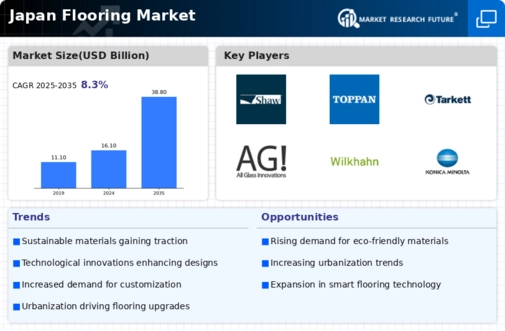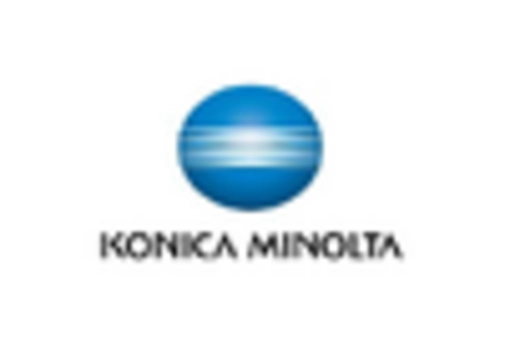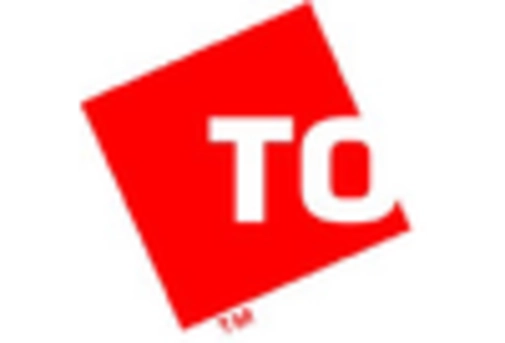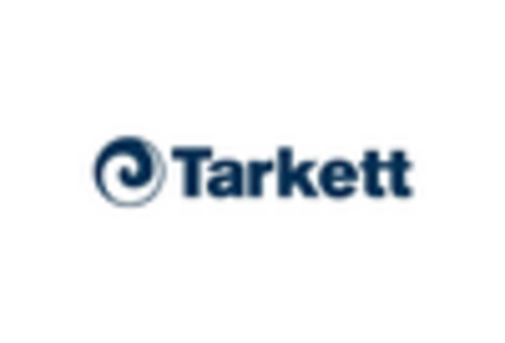The Japan Flooring Market is characterized by a dynamic competitive landscape driven by diverse consumer preferences, innovative product offerings, and an increasing emphasis on sustainability and design aesthetics.
As one of the largest flooring markets in Asia, Japan sees significant competition among local and international players who are striving to capture market share through differentiation in materials, technology, and services.
The market is notably influenced by trends such as residential renovations, commercial developments, and eco-friendly flooring solutions, which are gaining traction among environmentally conscious consumers.
Companies operating in this market are continually adapting their strategies to enhance customer engagement, improve distribution channels, and leverage technology to meet the evolving demands of consumers.
Shaw Industries has established a notable presence in the Japan Flooring Market, primarily recognized for its high-quality carpets and resilient vinyl flooring solutions. The company's strengths lie in its commitment to innovative design and environmental sustainability, appealing to a wide range of consumers looking for both aesthetic and eco-friendly options.
Shaw Industries is focused on enhancing durability and functionality in its products, catering to both residential and commercial segments. The company's investment in advanced manufacturing processes and strong supply chain management enables it to maintain competitive pricing while ensuring product availability.
This strategic positioning allows Shaw Industries to foster customer loyalty and expand its market footprint within Japan.
Toppan Printing has garnered significant recognition in the Japan Flooring Market through its cutting-edge technology and diverse product offerings that include printed films and coatings for various flooring applications.
The company boasts a strong presence in the commercial sector, focusing on providing flooring solutions that meet the demands of modern businesses. Toppan Printing's strengths include its focus on innovation, allowing for customizability in design and adherence to sustainable practices.
The company has been involved in strategic mergers and acquisitions that enhance its technology capabilities and broaden its product range. This strategic growth enables Toppan Printing to deliver high-performance flooring solutions while addressing the increasing market demand for unique design elements and sustainability in Japan.


















Leave a Comment